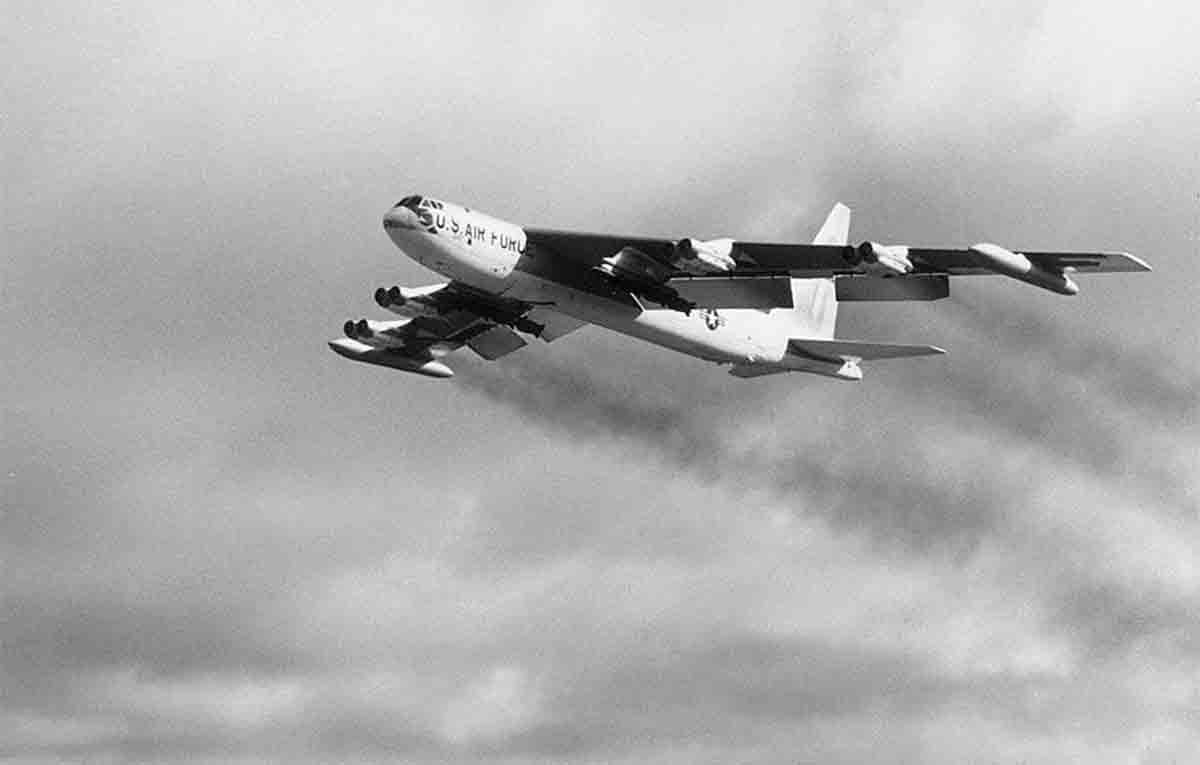
The United States Air Force is entering a new era with the introduction of its latest stealth bomber, the B-21 Raider, while planning to retire its veterans, the B-1 Lancer and B-2 Spirit. This transition is part of an ambitious plan to renew and strengthen the country’s bomber fleet.
In the next decade, the Air Force aims to establish a fleet comprised of at least 100 units of the modern B-21 and 76 B-52s, which are being updated as part of a modernization program. This revision plan, valued at an impressive $48.6 billion, aims to keep the B-52, now designated as B-52J, operational until approximately 2060. This is remarkable considering that when the last B-52 was delivered in 1962, it was expected to last only 20 years, as highlighted in the November 2023 report of the Department of Defense’s Inspector General.
The modernization of the B-52J includes replacing the 1960s-era Pratt and Whitney TF33 engines with more modern F130 engines manufactured by Rolls-Royce, an initiative that is part of the Commercial Engine Replacement Program, budgeted at $2.6 billion. The first updated B-52J is expected to begin ground and flight tests by the end of 2028, with more B-52s receiving new engines throughout the 2030s.
In addition to the engine upgrade, the B-52J will also be equipped with a new modern radar, improved avionics, the Long Range Standoff weapon for distant nuclear strikes, communication upgrades, replacement of old analog dials with digital displays, new wheels and brakes, among other significant improvements.
Currently, of the 744 Stratofortresses built between 1954 and 1962, only 10% remain in service, and the aircraft’s mission capability rate has declined over the years, dropping from 78% in 2012 to 59% in 2022.

This modernization is not just about keeping the planes flying but also preparing them for potential future conflicts against adversaries that might deny airspace to the U.S. and its allies. With the anticipated changes, the U.S. Air Force seeks to ensure that its bombers, both the new B-21s and the revitalized B-52s, are ready to face any challenge that may arise on the global stage.
Source: DefenseNews

